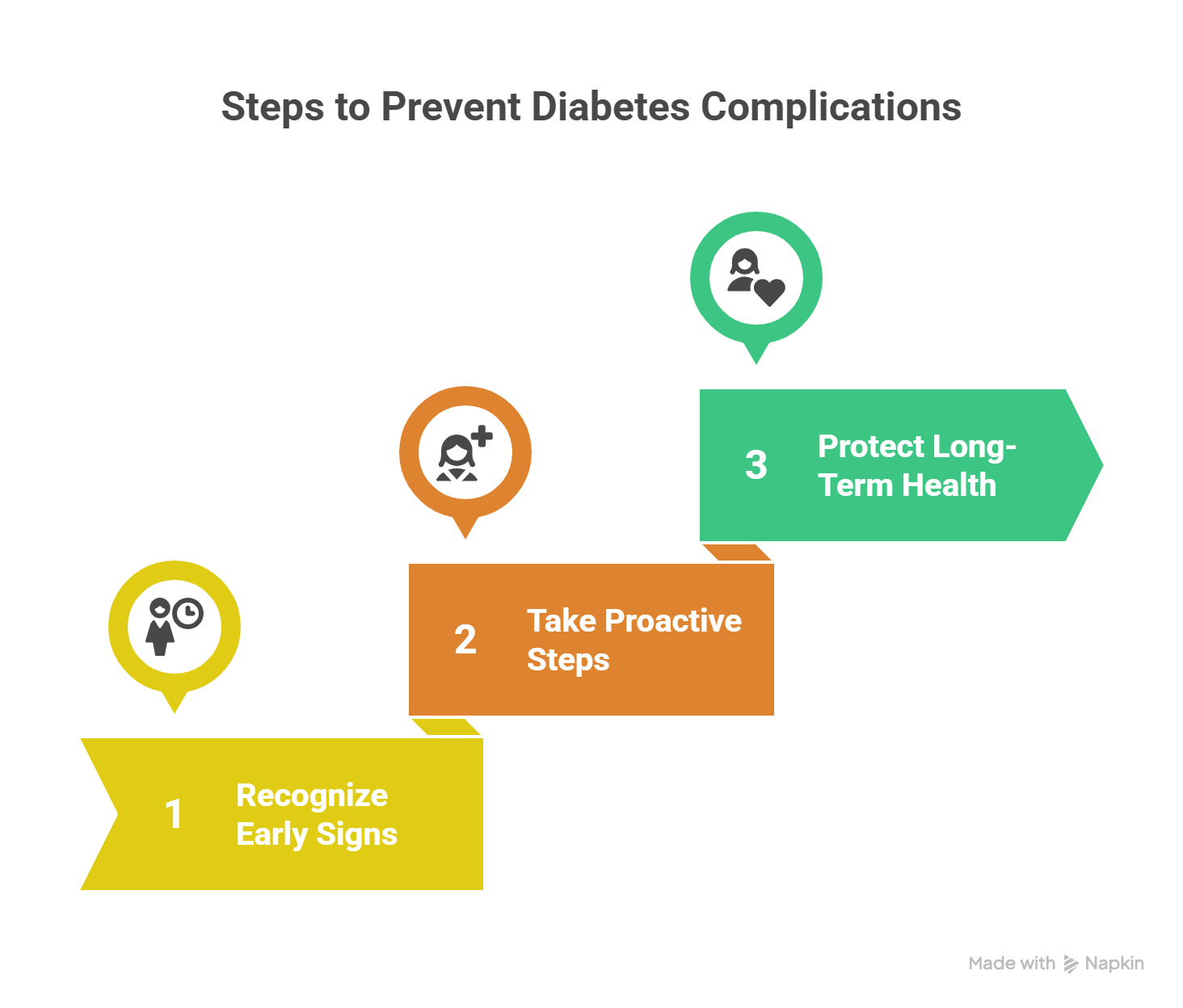
Early Signs of Diabetes Everyone Should Know
Diabetes Warning Signs: What to Watch For Early
Diabetes is one of the most common chronic conditions worldwide, and its numbers are steadily rising.
According to the World Health Organization (WHO), more than 400 million people live with diabetes globally, and women face unique risks due to hormonal changes, pregnancy, and lifestyle factors.
The good news is that diabetes can often be detected early — if you know what to look for.
Many persons ignore the first signs, assuming they are related to stress, aging, or other health issues.
Recognizing the early symptoms of diabetes can help you seek timely medical advice and prevent long-term complications.
This article explores the most common early signs of diabetes You Should Never Ignore , why they occur, and when to consult a doctor.
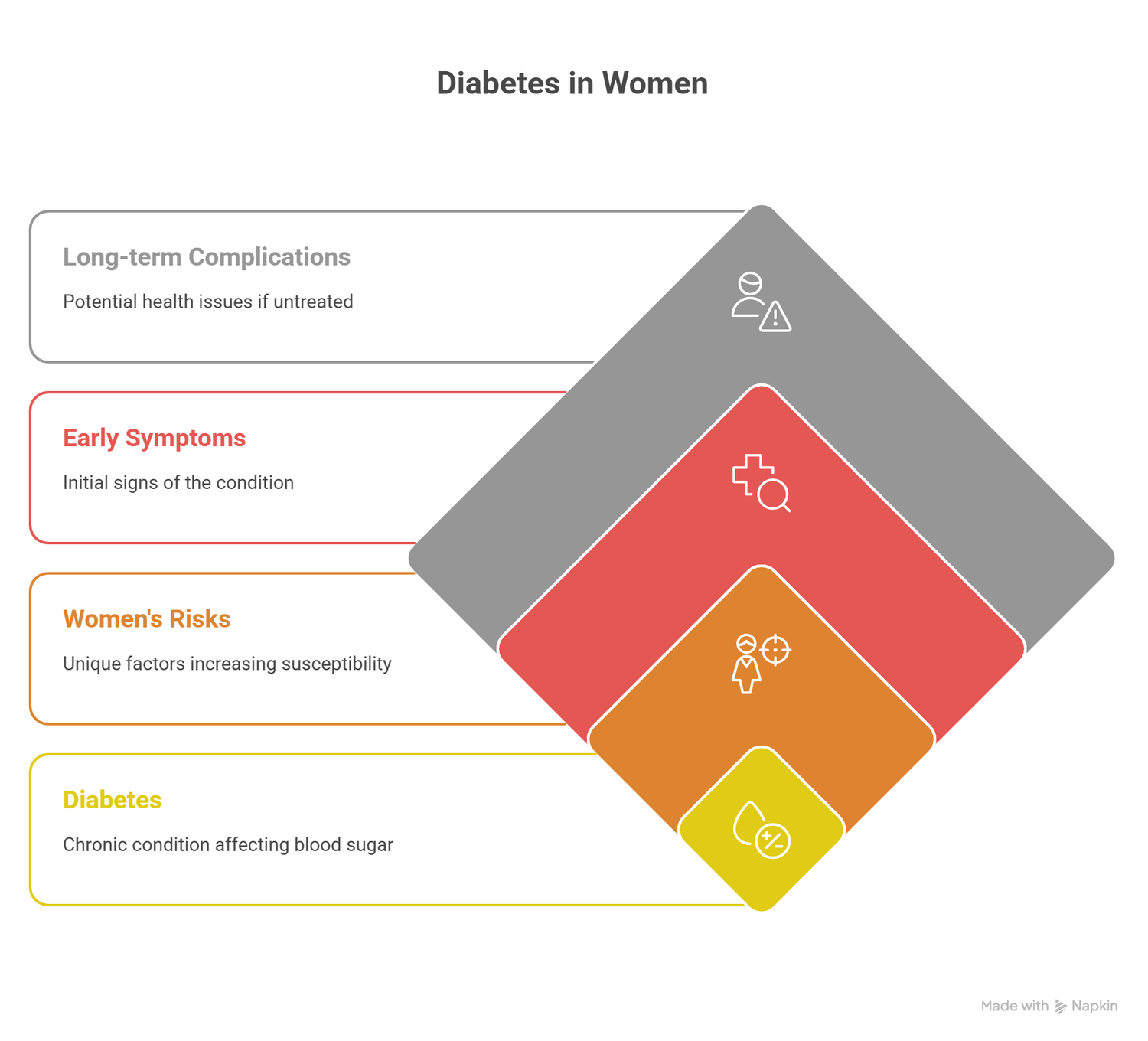
Why Everyone Need to Be Aware
Everyone is more likely to face complications from uncontrolled diabetes especially women, including:
Heart disease and stroke
Hormonal imbalances (including PCOS and fertility issues)
Pregnancy complications (gestational diabetes)
Increased risk of urinary tract infections (UTIs) and yeast infections
By identifying diabetes early, everyone can take control of their health through lifestyle changes, monitoring, and treatment.
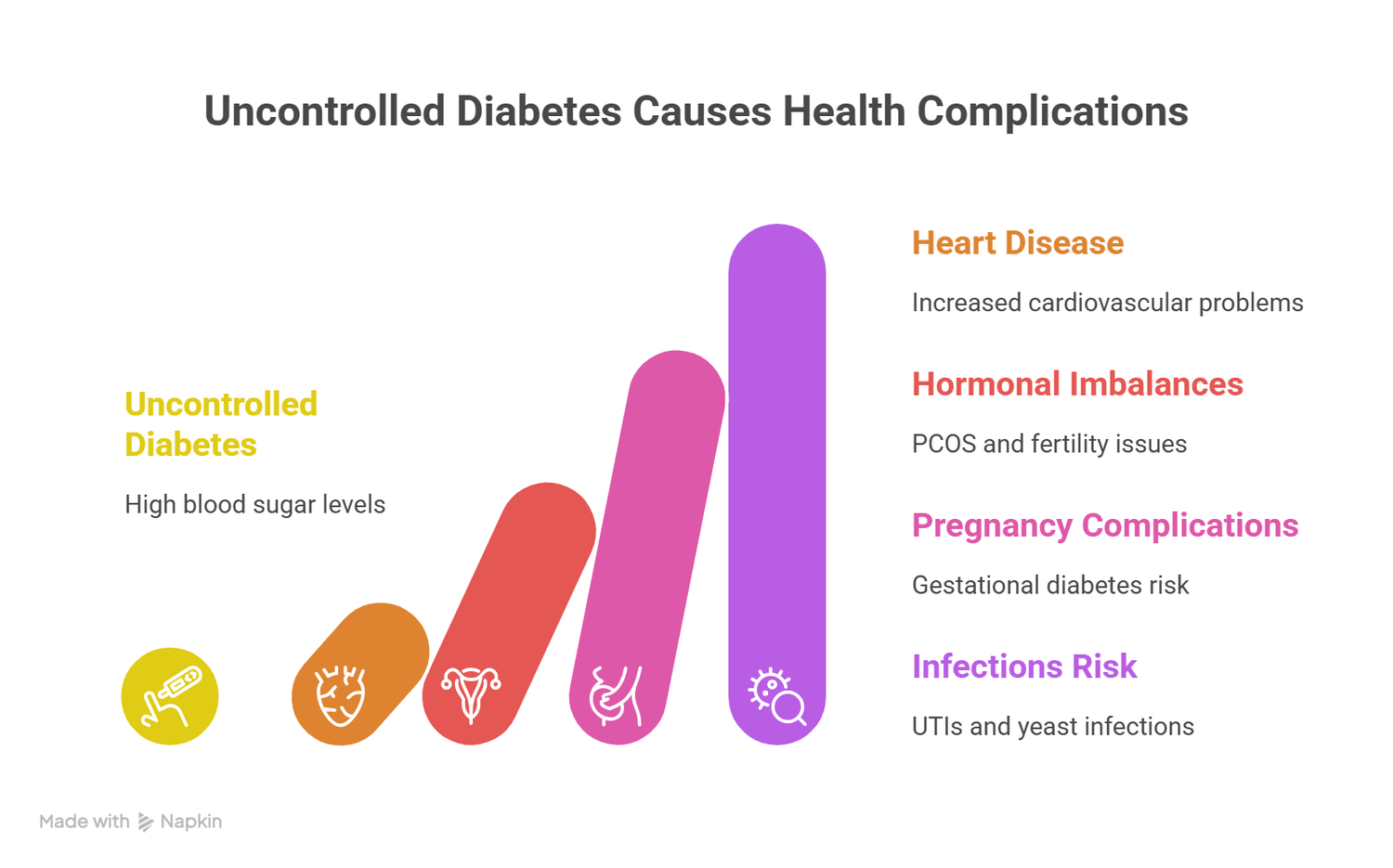
Early Signs of Diabetes
1. Frequent Urination (Polyuria)
If you find yourself running to the bathroom more often — especially at night — it may be an early sign of diabetes. When blood sugar is high, the kidneys work harder to filter and remove excess glucose, which leads to increased urination.
2. Increased Thirst (Polydipsia)
Frequent urination naturally leads to dehydration. Women may notice an unquenchable thirst and constantly reach for water, juices, or soft drinks. Unfortunately, sugary drinks can make blood sugar levels worse.
3. Unexplained Fatigue
Diabetes affects the way your body uses glucose for energy. Instead of fueling your cells, sugar builds up in the bloodstream. This leaves many women feeling tired, drained, and unable to concentrate even after a good night’s sleep.
4. Unexplained Weight Changes
Weight loss: When the body can’t use glucose for energy, it starts breaking down fat and muscle, leading to sudden weight loss.
Weight gain: In insulin resistance (common in type 2 diabetes and PCOS), the body stores more fat, especially around the belly.
Both can be early red flags that something is wrong with blood sugar balance.
5. Frequent Infections
High blood sugar weakens the immune system and creates an environment where bacteria and fungi thrive. Women with undiagnosed diabetes are more prone to:
Urinary tract infections (UTIs)
Yeast infections
Slow-healing wounds
If infections keep coming back despite treatment, it’s worth checking your blood sugar levels.
6. Blurred Vision
High glucose levels can affect the lenses in the eyes by pulling fluid into them, causing temporary changes in vision. Women may experience blurred vision or difficulty focusing, which can be an early warning sign of diabetes.
7. Skin Changes
The skin often reveals early signs of internal health problems. In diabetes, women may notice:
Dark patches around the neck, armpits, or groin (a condition called acanthosis nigricans, linked to insulin resistance)
Itchy or dry skin
Slow-healing cuts and bruises
These symptoms are often overlooked but are important clues.
8. Tingling or Numbness in Hands and Feet
High blood sugar can damage nerves over time, leading to a condition called diabetic neuropathy. In the early stages, the person may notice tingling, burning, or numbness in the hands and feet.
9. Mood Swings and Irritability
Fluctuating blood sugar levels affect the brain and mood. Many women report irritability, anxiety, or difficulty focusing before being diagnosed with diabetes.
10. Menstrual and Hormonal Irregularities
Insulin resistance and high blood sugar are strongly linked with polycystic ovary syndrome (PCOS), irregular menstrual cycles, and fertility challenges. Women experiencing both hormonal symptoms and the above signs should consider a blood sugar test.
When to See a Doctor
If you notice two or more of these symptoms consistently, it’s important to consult a healthcare professional. Diagnosis usually involves:
A fasting blood sugar test
HbA1c test (measures average blood sugar over 3 months)
Oral glucose tolerance test
Early diagnosis allows for effective management through diet, exercise, and medication if needed.
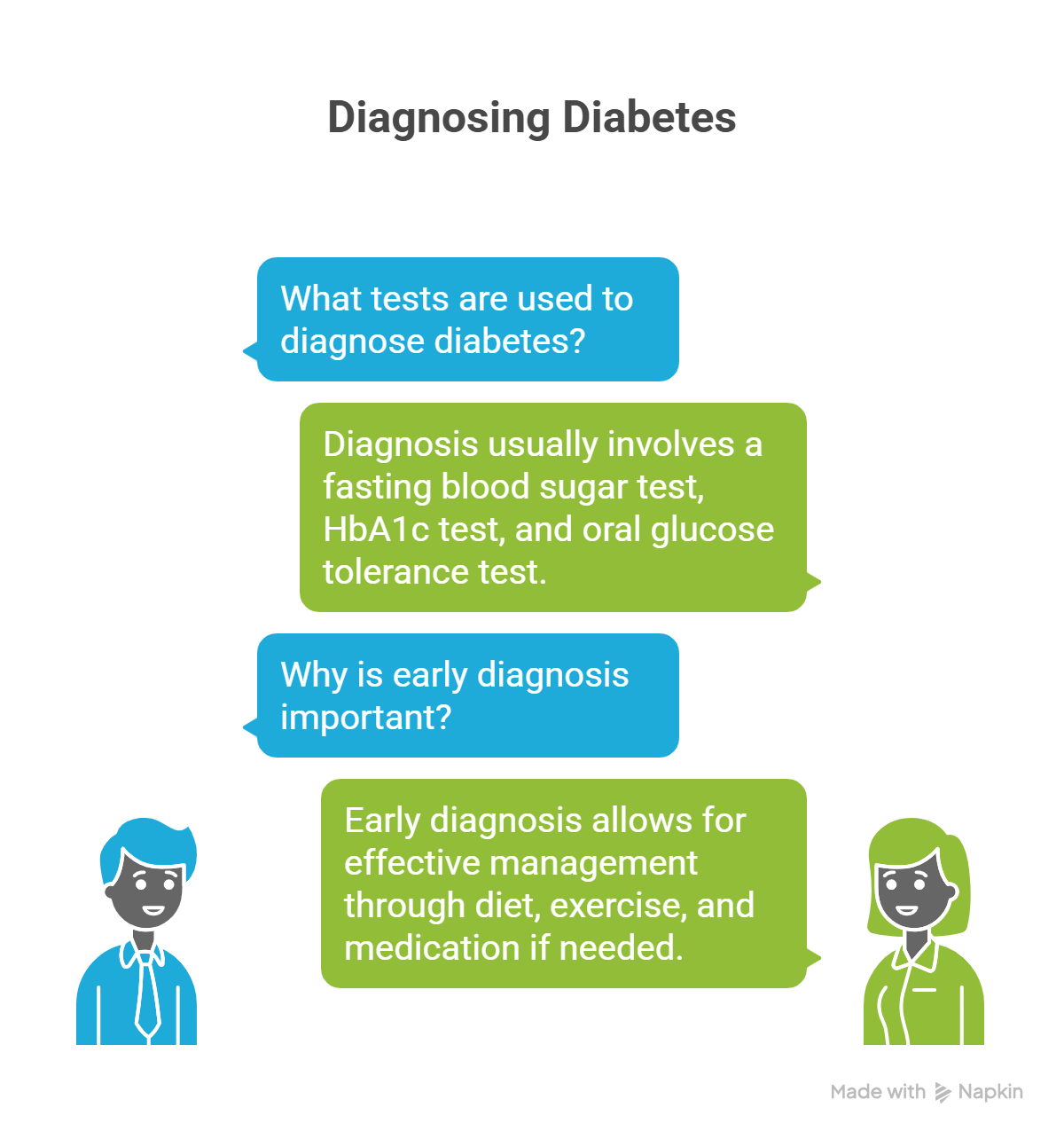
How to Lower Your Risk
Even if you have some of these symptoms, lifestyle changes can make a big difference:
Eat a balanced diet rich in whole grains, lean proteins, vegetables, and healthy fats
Limit processed sugar and refined carbs
Exercise regularly (at least 30 minutes most days)
Maintain a healthy weight
Manage stress through mindfulness, yoga, or relaxation techniques
Get regular check-ups if you have risk factors like family history, PCOS, or obesity
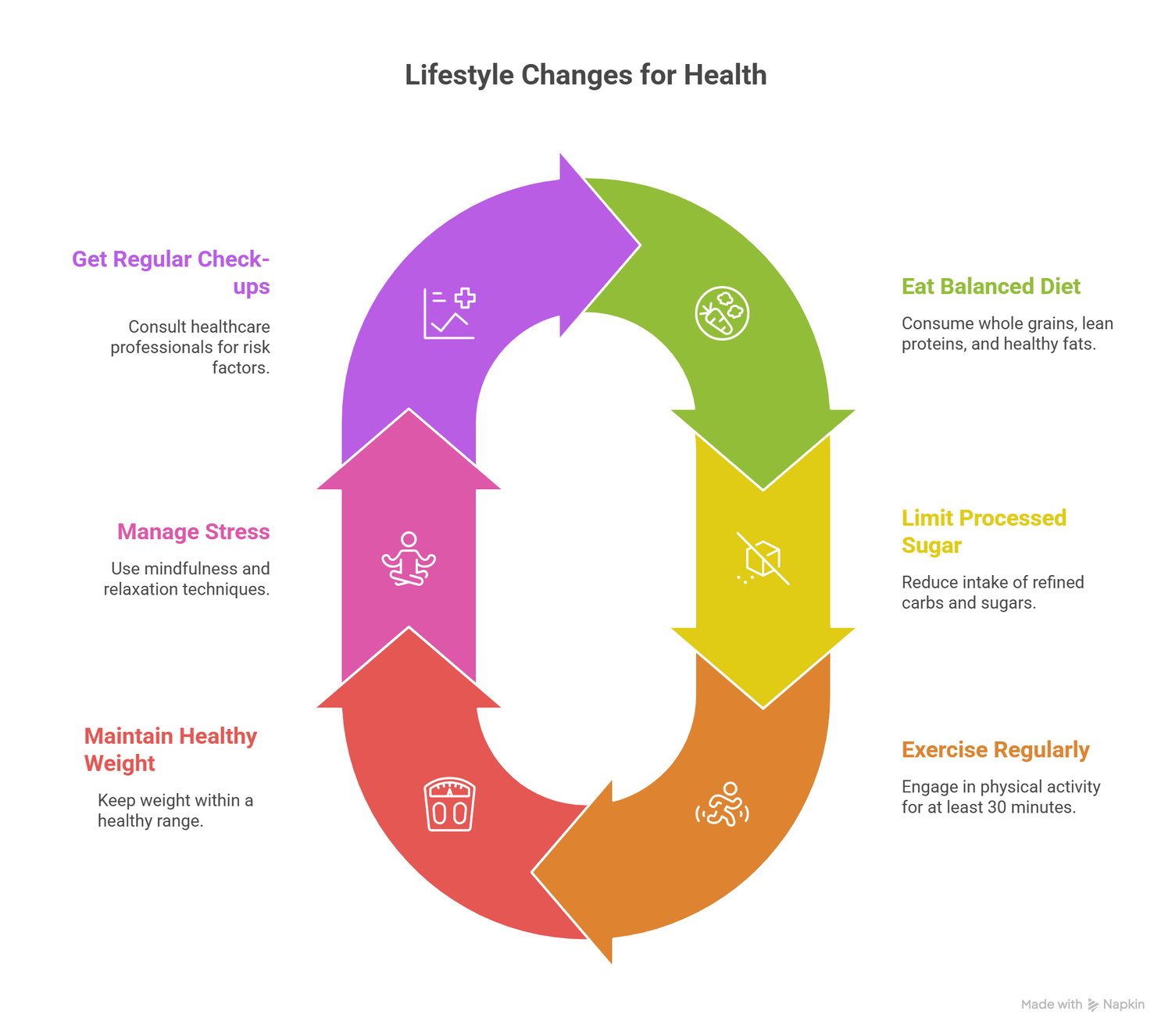
Final Thoughts
Diabetes often develops silently, but your body gives you small signals before it becomes serious.
For women, paying attention to changes in energy, skin, weight, or menstrual cycles can provide valuable early warnings.
By recognizing the early signs of diabetes and taking proactive steps, women can protect their long-term health, maintain hormonal balance, and prevent complications.
